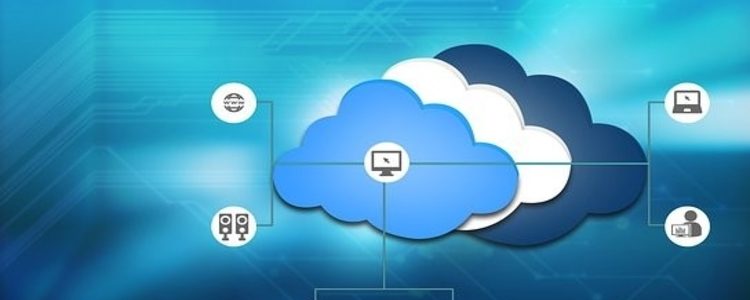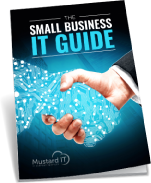The Internet of Things (IoT) has been making itself felt in many different spaces over the last few years. The consumer space is becoming more and more familiar with machines that appear to think for themselves. The rise of automated assistants like Cortana, Alexa and Siri are finding their way into homes across the world. But this singular iteration of an internet-connected, smart device is not the be all and end all of the IoT.
There is a lot of potential for machines that operate within the IoT framework to benefit businesses. For many businesses, the expansion into IoT devices may have begun with sensors being installed on remote equipment that were able to collect data and send it back to the cloud for analysis. This is still an expanding role for smart devices, but it has already been shown to be just the beginning of the IoT revolution. This article will address some of the trends that will affect both businesses and customers in the coming years.
Trend: The IoT is expanding
This should not come as a surprise to anyone, but it is worth stating. It’s here to stay and the presence of connected devices will only become stronger as the technology lifts from the early-adopter stage through to a more entrenched existence. In the consumer space, IoT devices are making inroads as wearable technology. Smart watches help athletes train and people count their steps, which may have limited impact when viewed individually, but the use-case has opened the door to other wearable health tracking devices that can be issued to patients through the health care system. Retail is another burgeoning sector. Retailers are fighting to make the retail experience more engaging, as they face increased competition from online sellers and decreased foot traffic in stores. Savvy businesses will be investigating how they can incorporate these types of programs into customer-brand interactions.
Trend: Security is a developing concern
Because the IoT still in it’s infancy, there is almost a complete lack of standardisation across platforms. The systems are fragmented and there is little regulation. When there is unbridled growth before there are systematic implementation strategies in place, security gaps are bound to occur. Whether you use IoT devices as part of an internal process or as a client-facing tool, it’s critical that cyber security protocols are in place to support safe data transfer. If you’re unsure about the security of your connected devices, speaking with an experienced IT team may help.
Trend: Edge computing is here and becoming more important
Edge computing is another trend that isn’t new, but will establish a stronger role in the next 5 years. The galaxy of IoT connected devices generates incomprehensible amounts of data. Transferring such large amounts of potentially sensitive information back to the cloud for analysis and answers may not always be practical, fast enough, or secure. When devices are not only able to collect data but also provide instantaneous analysis, the traffic demands are reduced and data security is increased. Main servers and data centres will certainly maintain their central role of storage and large-capacity computation, but may see more nimble edge capacities being deployed in concert.
An interesting example of how this may occur comes from the health industry. Imagine a series of smart devices being placed in the home of a rehabilitating patient. The devices could have the capacity to listen as well as a camera. The devices could use the camera to record changes or improvements in gait or balance. In tandem, the machine could listen for sounds that indicate falling, such as breaking glass or cries of distress. The data could be stored and analysed on site, and external alarms be sounded only if there is an emergency detected. False detections could be nullified with a simple voice command. Processing this sensitive data in the home has far better security outcomes, both in terms of data security and personal safety. Could your business innovate in a such a way?
Trend: IoT devices will augment human capacity and experience
There is a growing opportunity for businesses to integrate smart devices into consumer experience. The automotive industry is taking leaps and bounds here. Some newer car models have a consumer-facing device that can be plugged in to the car’s on-board computer. Multiple sensors inside the vehicle provide data and the device translates that into simple instructions so the driver can address simple maintenance issues, or book an appointment with a mechanic.
Likewise, these devices may be able to help staff achieve work outcomes in a more efficient way. Lateral assistance may start to manifest through smart applications that tap into existing situations. Machine learning algorithms can consume instruction manuals and be asked for diagnostic information hands free, saving a tiresome search through a physical manual. Smart devices like these can take external, contextual information and use it to give an answer that is also situationally appropriate. Unsurprisingly, industries are keen to implement ideas like this seamlessly, with as little disruption or downtime as possible.
Trend: Consumers are driving the demand for connected ‘things’
Consumers are driving demand for household items that are smart and connected. While these demands can differ from those of industry, there is still plenty of overlap (in the office and in mobile work environments). It’s clear there are many growth opportunities for hardware manufacturers and software developers. Consumers appear to be driven by two desires: connected devices need to be user-friendly, and must allay privacy concerns. Transparency about data collection is helpful and the demand for this will only increase.
About Mustard IT, your Internet of Things partner
Mustard IT provide the design, build, installation and maintenance of secure business computer networks, including IoT-connected ecosystems. Our trusted team are experienced able to explain complex issues to you in a language you’ll understand. Contact us today to find out how we can help you.




